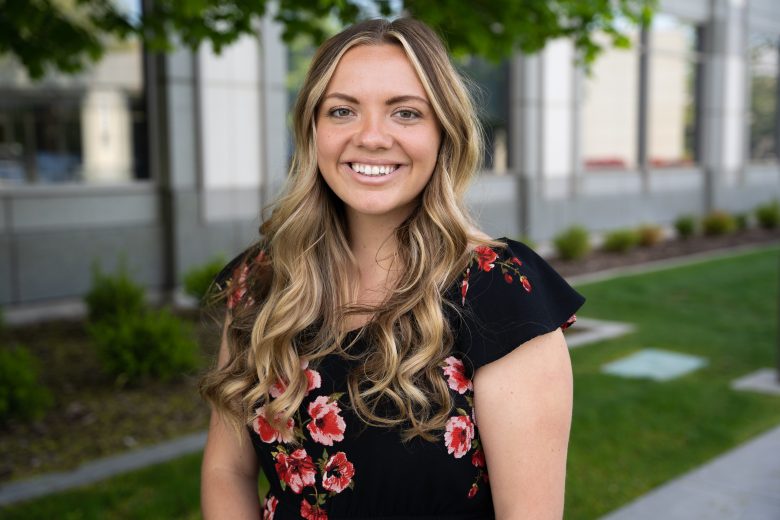 The role of an occupational therapist when it comes to working with individuals with autism is to “see what’s the underlying mechanism that’s preventing people from engaging in the meaningful activities, the basic and instrumental activities of daily living, play, and learning,” said Bryan Gee, PhD, OTD, OTR/L, BCP, CLA, Doctor of Occupational Therapy (OTD) program director at Rocky Mountain University of Health Professions (RMUoHP). Gee provides insights into autism and various forms of treatments for those on the autism spectrum to help them engage in meaningful daily activity.
The role of an occupational therapist when it comes to working with individuals with autism is to “see what’s the underlying mechanism that’s preventing people from engaging in the meaningful activities, the basic and instrumental activities of daily living, play, and learning,” said Bryan Gee, PhD, OTD, OTR/L, BCP, CLA, Doctor of Occupational Therapy (OTD) program director at Rocky Mountain University of Health Professions (RMUoHP). Gee provides insights into autism and various forms of treatments for those on the autism spectrum to help them engage in meaningful daily activity.
As an occupational therapist (OT), Gee has studied the various forms of intervention one might implement to help those on the autism spectrum interact on a basic level with the world around them. This intervention takes place on a spectrum because the challenges faced by those who have autism differ depending on a multiplicity of reasons; so each case must be approached on an individual level as what works best for one person might not work for another.
Gee explains that OTs focus on a lot of intimate or basic needs. “In most cases most of our clients are chronic,” said Gee. “They have chronic conditions whether it be kids with long-term developmental disabilities or disorders or adults who have chronic conditions.” OTs help their clients with daily activities such as hygiene or even the ability to be intimate, so while it may not always be glamorous, OTs need to be compassionate and understanding of their clients’ struggles, needs and goals.
Recently, Gee has researched the use of weighted blankets for those with autism and how that could help with sleep problems. Gee explains that it is common for individuals on the autism spectrum to suffer from poor sleep quality. So research is being done to test using weighted blankets as an aid to longer and better quality sleep. “The notion of a weighted blanket is grounded in the theory of sensory integration,” said Gee. The idea is “that there are certain receptors in the skin that are deeper that respond to deep pressure and that deep pressure then facilitates neurochemical responses that are calming and organizing.” While there is some evidence to support this, Gee is careful to tell his clients and their caregivers that it is experimental. This is, in part, because it can be difficult to pair the correct weight of the blanket with the weight of the patient, particularly if they are a young child.
Gee points out that it might be more effective to find the root cause of the patient’s struggle with sleep. While this could be any number of things, common issues include seizures, abdominal discomfort, and lack of physical activity.
Gee says that his goal as an OT is to provide the best care possible for his clients at the most affordable rate possible. “The other kind of thing that I look at is what are these other options and are they going to yield a higher return on investment or higher outcomes at a low cost to the family,” said Gee.
As an OT, Gee explains the importance of working with the caregiver of the client and their primary care physician to find the best solution that will help the patient be able to participate in daily activities. “It’s always a partnership between the caregiver, the OT, and then the medical Doctor,” said Gee.



